The Pilates Movement
There has been a Pilates movement in the last 10-15 years.
Once it was mostly offered by Physiotherapists as a form of rehabilitation after injury. Now there’s a Pilates studio around every corner! This is fantastic. It means you’ve been listening to us.
Pilates is a great low impact exercise to use for injury prevention, rehabilitation, or just general physical and mental health. But please don’t forget the core principles behind Pilates - concentration, centering, breathing, control, precision, flowing movement, and isolation.
This mean that we don’t ‘clamp down’ our core as much as we can. It’s not a pushing the stomach out and tensing all our abdominal muscles, nor is it a ‘sucking in’ of the stomach. It’s a gentle drawing up of the pelvic floor and I like to call it a gentle ‘hollowing’ or ‘pulling taunt’ of the lower abdomen.
So during a class before you move the body:
Women - think of gently tightening around the inside of the anus and bringing that contraction forward to the front at the inside of the vagina.
For men - think of gently drawing up your testes or lifting the shaft of your penis.
Then at the same time (for both men and women) - you want to gently draw the navel to the spine so you feel the muscle just in front of your hip bone pull taunt (not bulge out).
Once you’ve got that all mastered add the large arm/leg or body Pilates movement, whilst keeping the pelvic floor and deep abdominal muscles activated.
These principles are essential for you to do a Pilates routine correctly, particularly if you are using it as a form of exercise to rehabilitate after injury. And for women - whether you may be post natal or post menopausal it’s important to remember that we never want to feel like we are bearing down or pushing out through the vagina whilst doing our Pilates program.
So keep exercising and keep attending your classes BUT if you’re a little unsure about your technique or feeling symptoms you’re not sure about (worsening pain, bulging in the vagina, cramping in the back) then please verbalise this with your instructor. You may need a 1:1 session, or you may need a check with a pelvic floor physiotherapist first.
